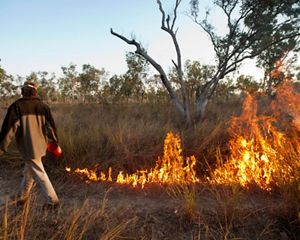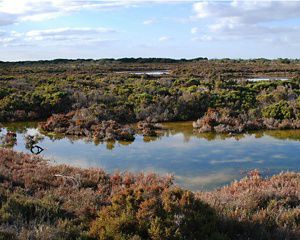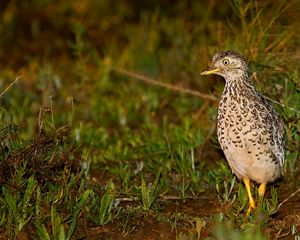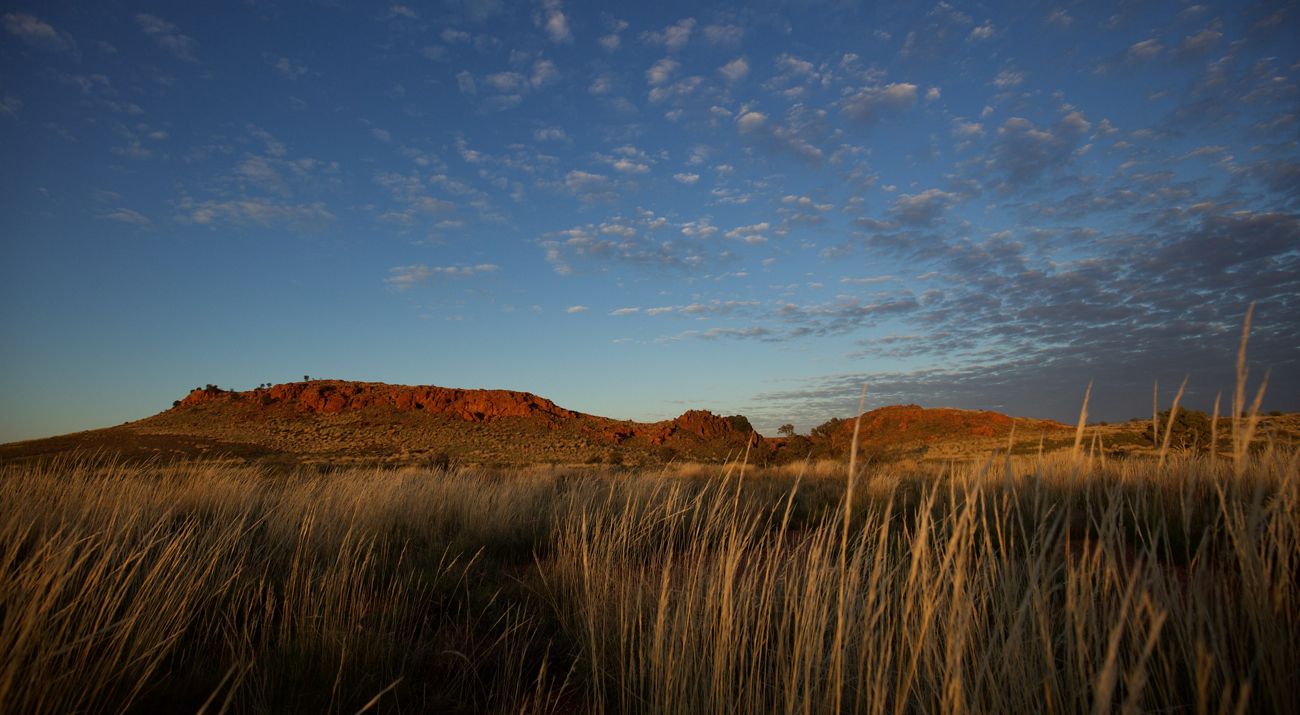
Protecting 30% of Australia: a critical response to Australia’s dire state of the environment
In response to the dire Australian State of the Environment report released yesterday, Environment Minister Tanya Plibersek firmly committed Australia to the protection 30% of lands and 30% of oceans by 2030. While this target (dubbed 30x30) seems ambitious, and it is, Australia is well positioned to meet it and pave the way for other countries to do so.
Australia has built a network of protected areas based on science and diverse approaches.
Australia has based its protected area network policy on science for many decades. Prior to the 1900s, our national parks and nature reserves were developed mostly by the states and territories, largely in isolation from each other. In the mid-90s, in response to signing on to the Convention on Biological Diversity, national science-based policy focused on developing a ‘comprehensive, adequate and representative’ reserve system that sought to sample landscapes and ecosystems from around the country and prioritised those with little or no protection. It’s also at that time that the Australian Government took an important coordinating role and greater involvement in funding an expansion of the existing National Reserve System. The fund offered up to two thirds of the purchase price for significant properties that contributed to the national reserve system by filling gaps in key underrepresented ecosystems, such as imperilled native grasslands and grassy woodlands.
While national parks and nature reserves on public land are some of the most common approaches used to meet national protection targets, Australia has pioneered several other approaches to land conservation.
Indigenous Protected Areas (IPAs) are managed for nature and cultural outcomes through voluntary agreements between indigenous owners of land and the Australian Government. Currently, some 78 IPAs cover over 74 million hectares and make up 47% of our protected area estate on land. These include iconic landscapes such as the Kimberley, Arnhem Land, Cape York and the vast deserts of central Australia. Bilbies, rock-wallabies and Gouldian Finches are just a handful of many species that have benefited from improved management coming from Indigenous rangers and Indigenous Protected Areas.
Australia also has more than 5000 privately protected areas and has the largest area of land under this arrangement in the world. Through progressive philanthropic and government investment in land purchase by non-government land trusts, and commitment from private landholders to forever protecting habitats on their properties through conservation covenants, privately protected areas conserve some of Australia’s most threatened ecosystems and provide critical stepping stones in the landscape.
Thanks to the development and expansion of new protection approaches in the last two decades, the diversity of Australia’s often unique natural habitats is better represented throughout protected areas. Much remains to be done though, and quickly. Our native grasslands, grassy woodlands and wetlands, for example, urgently need better protection. These systems have been largely replaced by agriculture and urban development but those that remain provide stunning displays of wildflowers and habitat for unique mammals, birds, reptiles and frogs. They continue to be threatened by land clearing, degradation and, in the case of wetlands, draining.
VIEW THE GALLERY

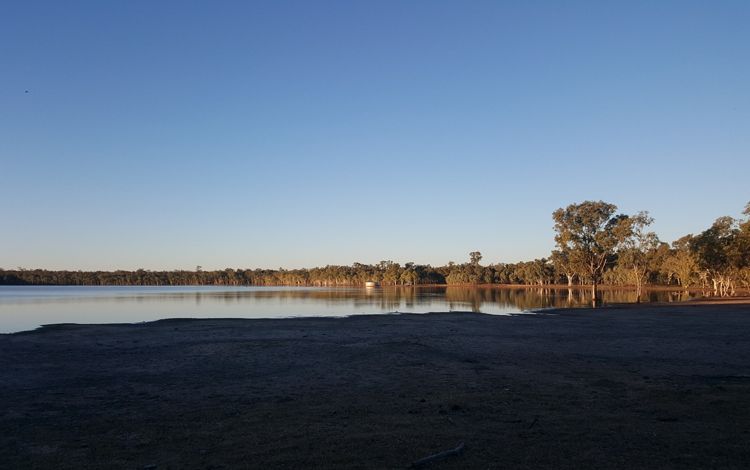
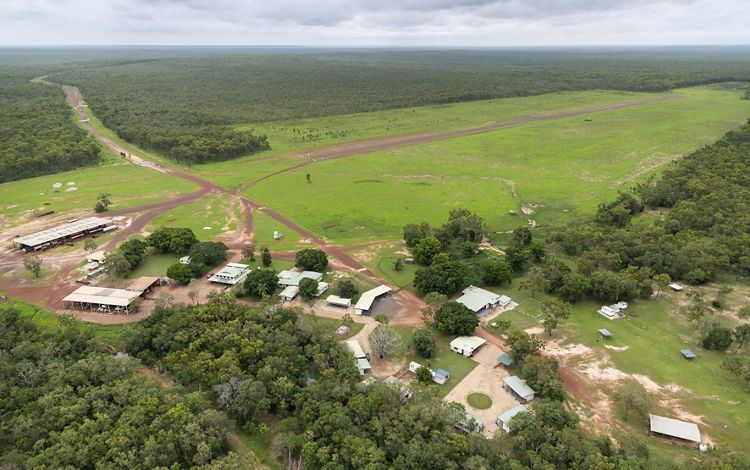
Quote: DR JAMES FITZSIMONS
Australia is in a position to lead the way to 30x30 in international negotiations on biodiversity
Australia has already come a long way, with about 20% of the Australian continent currently in protected areas, up from 7% in the mid-1990s. Securing another 10% in nine years to meet the 30 x 30 target is ambitious, but achievable.
There is high demand for new Indigenous Protected Areas amongst many Indigenous communities who do not have them yet. Growth in private land conservation through conservation covenants has been rising consistently.
Some 45% of our marine waters are in marine protected areas (MPAs), including the recent declaration of two huge new marine protected areas in waters around Christmas Island and the Cocos (Keeling) Islands. However, the majority of MPAs allow some form of fishing and no-take areas represent only a quarter of this total and an increased focus on a network more focused on representing the full range of our unique ecosystems is required.
So what needs to happen to get to 30x30? Our recent history shows that Federal Government leadership through a dedicated matching grants program for land acquisition by states and NGOs was successful in the past. It would be again.
Indigenous Protected Areas need a long-term funding mechanism. Funding for ‘healthy country’ land management and Indigenous ranger positions is critical to that model’s success. This could be achieved through the creation of a large trust fund generating returns and certainty of critical management funds into the future.
Many policy instruments can encourage conservation covenants on private land by providing incentives to landholders to use their land for conservation. These instruments include tax incentives and local government rate relief for private landholders, as well as making sure they are eligible for payments for carbon they abate and sequester on protected land. But new instruments, such as the development of a biodiversity market will also be important.
At a global level, Australia has been a leader in expanding its network of protected areas across multiple tenures in a short amount of time and in a science-based manner. Australia’s past achievements and newly committed targets also place it in a prime position to assist countries as they strive for 30x30.
